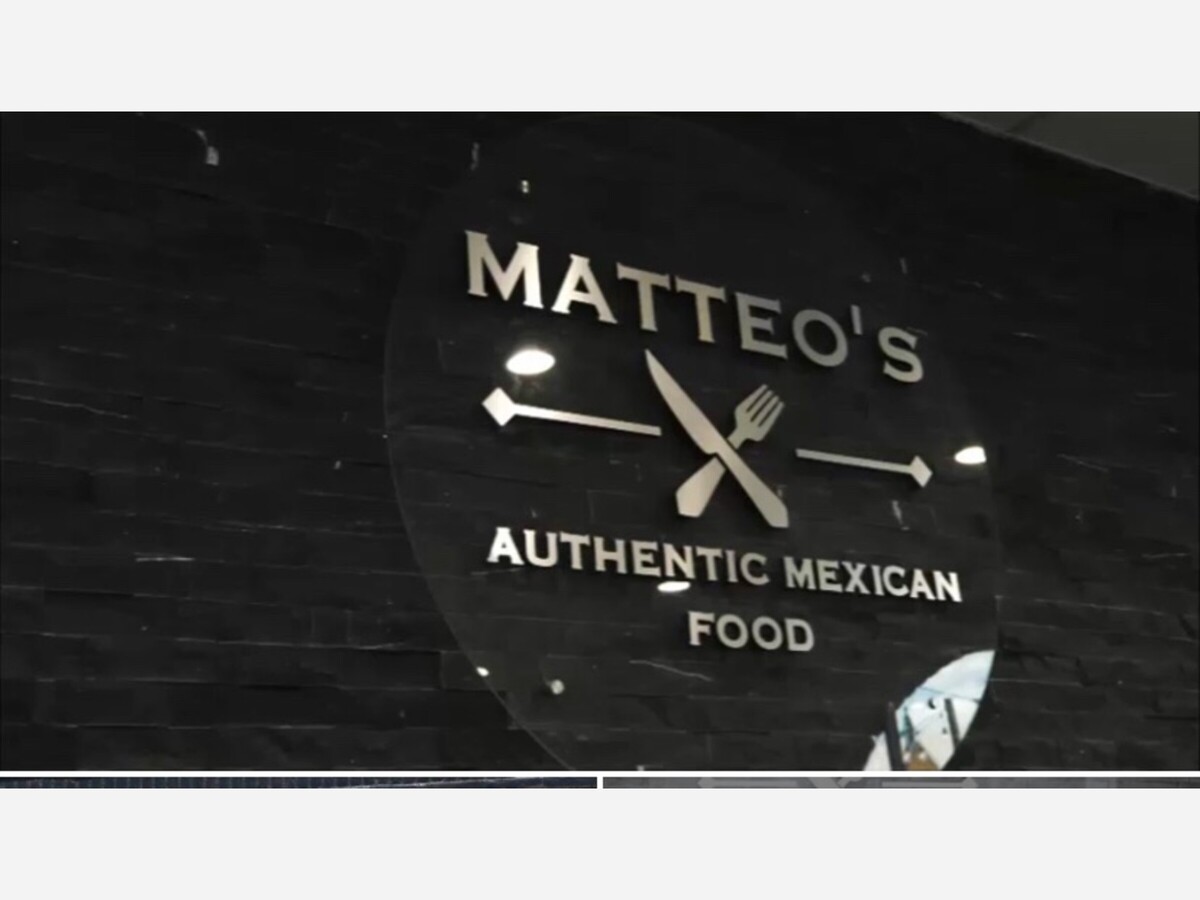Image


ALAMOGORDO, N.M. – Matteo’s Mexican Food, a regional chain known for its authentic flavors and fresh ingredients, has announced the closure of all four of its restaurants, including the recently opened Alamogordo location.
The company shared the news in a statement on social media, citing rising inventory costs, declining sales, and a commitment to maintaining high-quality ingredients as the reasons behind the decision.
“It is with heavy hearts that we announce the difficult decision to cease operations at all four of our locations. Despite our best efforts over the past few years to adapt and sustain the business, the rising cost of inventory, decline in sales, and our commitment to using only high-quality ingredients have made it impossible to continue operations,” the ownership group said.
The Alamogordo location, situated along South White Sands Boulevard, had become a local favorite for its fresh, authentic Mexican cuisine. The decision to close was described as “neither planned nor easy to make,” and the owners expressed deep gratitude to the communities they served: “We are deeply grateful for the love and support we’ve received from our wonderful communities in Las Cruces, El Paso, and Alamogordo. We truly hope that, in the future, we can regroup and return stronger than ever.”
This closure marks the end of a regional culinary presence that had expanded steadily since opening its first location. The El Paso Times noted that Matteo’s had opened its El Paso branch in 2021 and had steadily built a loyal following across the Borderlands of Southern New Mexico and Texas.
Matteo’s closure in Alamogordo is more than a local loss—it’s a symptom of a national crisis facing small restaurant chains, as inflation, political gridlock, and economic instability converge to squeeze independent operators out of business.
But Matteo’s story is not just about one restaurant. It’s about the mounting pressures that small restaurant chains across America are facing in 2025—a year marked by economic turbulence, political division, and a historic government shutdown that left thousands of small businesses stranded without support.
The Economic Squeeze
Inflation continues to bite. From 2019 to 2024, restaurant operating costs surged: labor up 31%, food up 29%, supplies up 20%, utilities up 16%. To stay afloat, restaurants need to raise prices by 26.2%, yet many customers are balking.
Dining out is now a luxury. The cost gap between eating at home and dining out widened dramatically. A home-cooked meal averages $4–6 per person, while restaurant meals often exceed $15–20.
Shrinkflation and tech-driven pricing have become survival tactics, but they erode customer trust and loyalty.
Government Shutdown Fallout
The 43-day federal shutdown that ended in early November froze $2.5 billion in SBA-backed loans, leaving 4,800 small businesses without access to critical funding.
The shutdown also disrupted tourism, canceled government events, and stalled local spending—especially in towns like Alamogordo that rely on federal calendars and military-adjacent economies.
A Divisive Political Climate Adds Additional Pressures
The past year in Washington has been marked by gridlock, executive orders, and regulatory uncertainty. A recent Harris Poll found that 84% of business leaders—across party lines—are concerned about the political and legal climate’s impact on their operations.
While some small restaurant owners report rising optimism, most remain wary. The instability of federal policy, combined with inflation and labor shortages, has created a volatile environment where only the largest chains can reliably thrive.
As Alamogordo reflects on this loss, the broader question remains: How do we protect the soul of local dining?
local dining is not the only thing facing extreme economic pressure...watch what insurance rate increases will do to both health care, and home ownership - both those markets will contract due to higher prices. and christmas shoppers better prepare for sticker shock, those comic tariff fantasies are gonna take a bite out of budgets also.